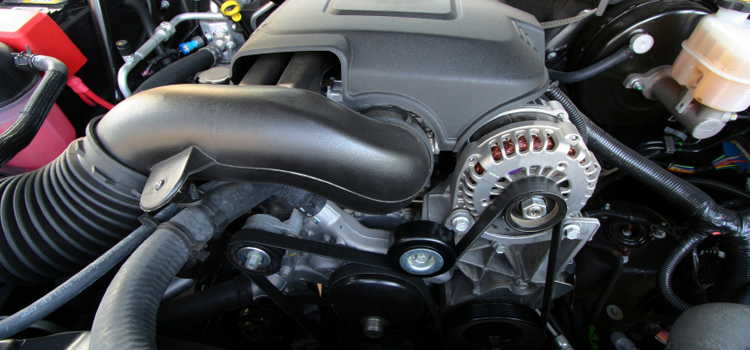Chemical Dynamics has several decades of experience in the determination of the causes of coating failures and the determination of probable cause of exterior coating failures. Such roof failures may include corrosion, paint peeling, color change, severe chalking, cracking and spotting of coatings and damage due to scratches. Normally coated metal roofs will demonstrate accelerated failure rates versus building sidewalls, as exposure to the sun, wind and precipitation is more severe.
Failures may be caused by one or more of the following issues: poor cleaning and/or poor metal pretreatment, poor quality metal, paint degradation (pigment and/or resin) of either or both primer and topcoat, paint formula defect, inadequate cure of coating, painting defects, paint contamination, damage and scratches during handling and building erection, and lastly aggressive climate conditions (chemical attack or environmental issues such as acid rain or a corrosive environment).
We have provided services including failure mode analysis, building site reports, test reports, analysis, expert witness reports, recommended failure remediation, and testimony on behalf of building owners as well as for companies that supply building materials.




